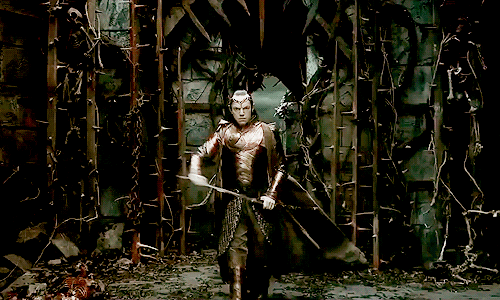For the readings for week 5, one of the articles that stood out for me was Professor Kieu Linh Valverde’s piece “Doing the Mixed Race Dance: A Multiracial Vietnamese American Class Typology." The chapter talked about the inevitable “ Social-Dancing” of which mixed-race individuals are subjected to due to their difference. This “Social-Dancing” between mono-racial Vietnamese Americans and multiracials aims towards the purpose of classifying and determining the social status of the latter group. This question and answer exchange at the expense of the multiracial subjects is to figure out where in the Vietnamese American class typology they fit as this determines their level of acceptability in the community. Professor Valverde further expands this “Social-dancing” in the form of questions for the purpose of classifying these mixed-race groups. These questions range from gender, heritage, nationality, social status, education, cultural competency, and physical appearance. These questions are permeable elements that help in determining one’s level in the community’s class hierarchy and therefore predict how these mixed-race individuals would be perceived and treated. I thought it was interesting to learn the background of each classifying-questions and the personal experiences of some of the interviewees. Questions such as “Is your father or your mother Vietnamese?” for example is very loaded. The question may appear innocent and simple at first, but the reason behind it is quite complex. Mixed race individuals with Vietnamese fathers are accorded a higher social status than those with Vietnamese mothers. Intermarriages between Vietnamese men and non-Vietnamese women are seen more of positive union compared to the union Vietnamese women and non-Vietnamese men as it is stereotyped to follow the mold of the illicit affairs of “bar girls” and foreign soldiers. This also for me also hints of the social inequality among genders in the Vietnamese American community. Overall, the chapter had several key points and examples showing the complexities of identity and classification within the Vietnamese American Community. Vietnamese multiracials experience unavoidable social interrogations that question their very identity. Questions such as the ones mentioned in the chapter aim to classify groups. And as we know, classification can lead to discrimination. Professor Valverde affirms the importance of awareness of this issue as it surely exists in other communities as well. How do the other mixed-Vietnamese communities from other countries compare with the mixed Vietnamese-American community?
Elrond is a fictional character in Tolkien’s Middle-Earth books (Lord of the Rings, The Hobbit, etc). Contrary to popular belief, Elrond is actually only Half-Elven as his parents also had elf-human ancestry. Elven tradition dictates that half-elves are given a choice between living forever as immortal elves or forfeit their immortality and eventually dying as mortal Men. Elrond chose to live as an immortal Elf while his twin brother Elros chose the mortality of Men.

No comments:
Post a Comment